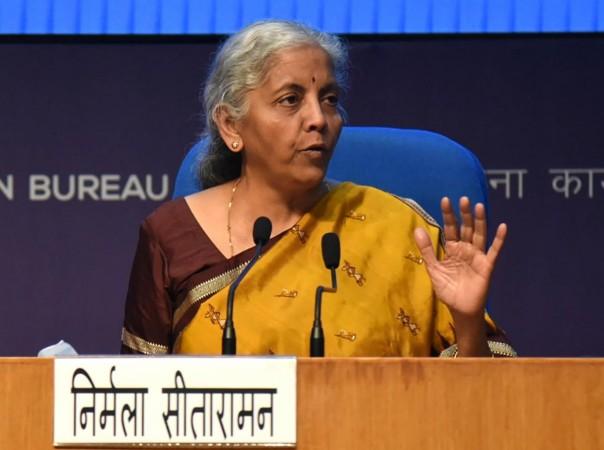
India, currently the world's fifth-largest economy, is on a fast-paced trajectory to become the third-largest by 2027-28. The country's Gross Domestic Product (GDP) is projected to surpass $5 trillion during this period, as stated by Finance Minister Nirmala Sitharaman at the Vibrant Gujarat Global Summit. This projection is not just a number game, but a reflection of the country's commitment to inclusive growth. "We are not only aiming to become a $30 trillion economy by 2047, but also aim to ensure inclusive growth," Sitharaman explained.
The finance minister's statement signifies a long-term vision for the nation's economic development, focusing on the welfare of all citizens. This commitment to inclusive growth is a testament to the government's dedication to ensuring that the benefits of economic growth are shared by all sections of society. The goal is not just to achieve economic milestones but to foster inclusive growth in the long term.
India's economic growth has been significantly fueled by foreign direct investment (FDI). Sitharaman revealed that India received $919 billion in FDI in the 23 years leading up to 2023. A whopping 65% ($595 billion) of this investment came in the last 8-9 years under the Narendra Modi government.
Key Driver of Economic Growth
The finance minister also highlighted the role of cooperative federalism in India's economic development. Since 2014, the relationship between states and the Centre has been characterized by cooperative, competitive, and collaborative federalism. This approach has led to states competing with each other to contribute towards India's development, thereby fostering a spirit of healthy competition and cooperation.
India's current GDP stands at around $3.4 trillion, making it the fifth-largest economy in the world after the US, China, Japan, and Germany. The country is also the fastest-growing major economy, with a GDP growth of 7.6% in the July-September quarter this year. This rapid growth is a testament to the country's robust economic policies and the resilience of its economy.
Historically, India's economic growth has been marked by significant milestones. The country's GDP crossed the $1 trillion mark in 2007, and it is expected to reach $3 trillion by 2023. This rapid growth has been driven by various factors, including economic liberalization, technological advancements, and demographic dividends.

India's Economic Projections: A Global Perspective
The Vibrant Gujarat Global Summit, where Sitharaman made these projections, is a significant event that brings together business leaders, investors, corporations, thought leaders, and policymakers from around the world. The summit provides a platform for brainstorming on agendas of global socio-economic development and for forging strategic partnerships and collaborations.
The finance minister's projections for India's economy are in line with various reports and analyses. For instance, a report by the World Bank in October 2023 projected that India would be the fastest-growing major economy in the world for the next three years. Similarly, the International Monetary Fund (IMF) in its World Economic Outlook report released in October 2023 projected that India would grow at 7.5% in 2023 and 7.2% in 2024.
In conclusion, India's economic trajectory is on an upward trend, with the country poised to become the world's third-largest economy by 2027-28. This growth is driven by significant foreign direct investment, a commitment to inclusive growth, and a spirit of cooperative federalism. As India continues on this path, it is set to play an increasingly significant role in the global economy, thereby marking a new chapter in its economic history.









!['Had denied Housefull franchise as they wanted me to wear a bikini': Tia Bajpai on turning down bold scripts [Exclusive]](https://data1.ibtimes.co.in/en/full/806605/had-denied-housefull-franchise-they-wanted-me-wear-bikini-tia-bajpai-turning-down-bold.png?w=220&h=138)



